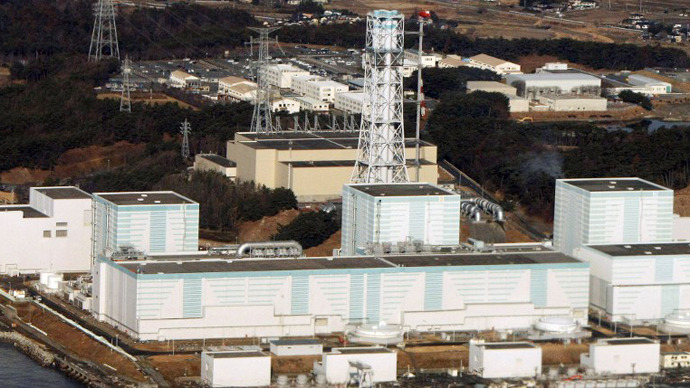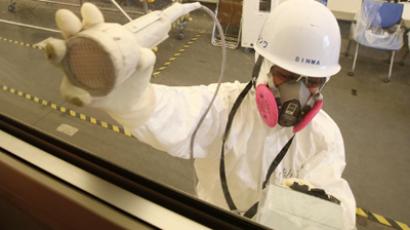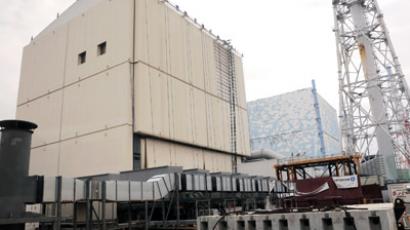TEPCO reports power failure at Fukushima, stops cooling system

An electrical fault at the crippled Fukushima nuclear power plant has left three of seven fuel pools without a supply of fresh cooling water, the operator of Japan’s tsunami-damaged nuclear plant has warned.
Tokyo Electric Power Co (TEPCO) reported the blackout Monday
night did not affect the ongoing water injection at reactors No.1
and 3, which suffered core meltdowns in the early days of the March
2011 nuclear crisis, triggered by the earthquake and
tsunami.
TEPCO assured the cause of the incident has been found and work
to fix the system has been started. So far the temperature in pools
has remained around 25 degrees Celsius, which is considered not
dangerous. If the cooling system cannot be fixed, temperatures
would likely rise in the fuel pools, becoming unsafe at 65
degrees. While it is unclear how long repairs might take, the
operator said fuel stored in the pools would remain safe for at
least four days without fresh cooling water.
Meanwhile, no abnormality has been detected in radiation levels
in areas surrounding the plant in Fukushima Prefecture.
However, the day before TEPCO issued a worrying report saying it
had discovered a record 740,000 Becquerels per kilogram of
radioactive caesium in fish caught in the waters near the crippled Fukushima
plant, two years after the nuclear disaster.
The operator installed a net on the seafloor of the port exit
near the plant to prevent the fish from escaping.
The March 11, 2011, earthquake and tsunami devastated the
Fukushima Dai-ichi plant’s power and cooling systems, causing three
reactor cores to melt and fuel storage pools to overheat. The
natural disaster claimed around 19,000 lives and hundreds of
thousands evacuated. Some 160,000 are still not allowed back to
their houses in the vicinity of the power plant. Scientists say it
could take up to 40 years to make some parts of the area safe
again, while others warn it may never be habitable.














